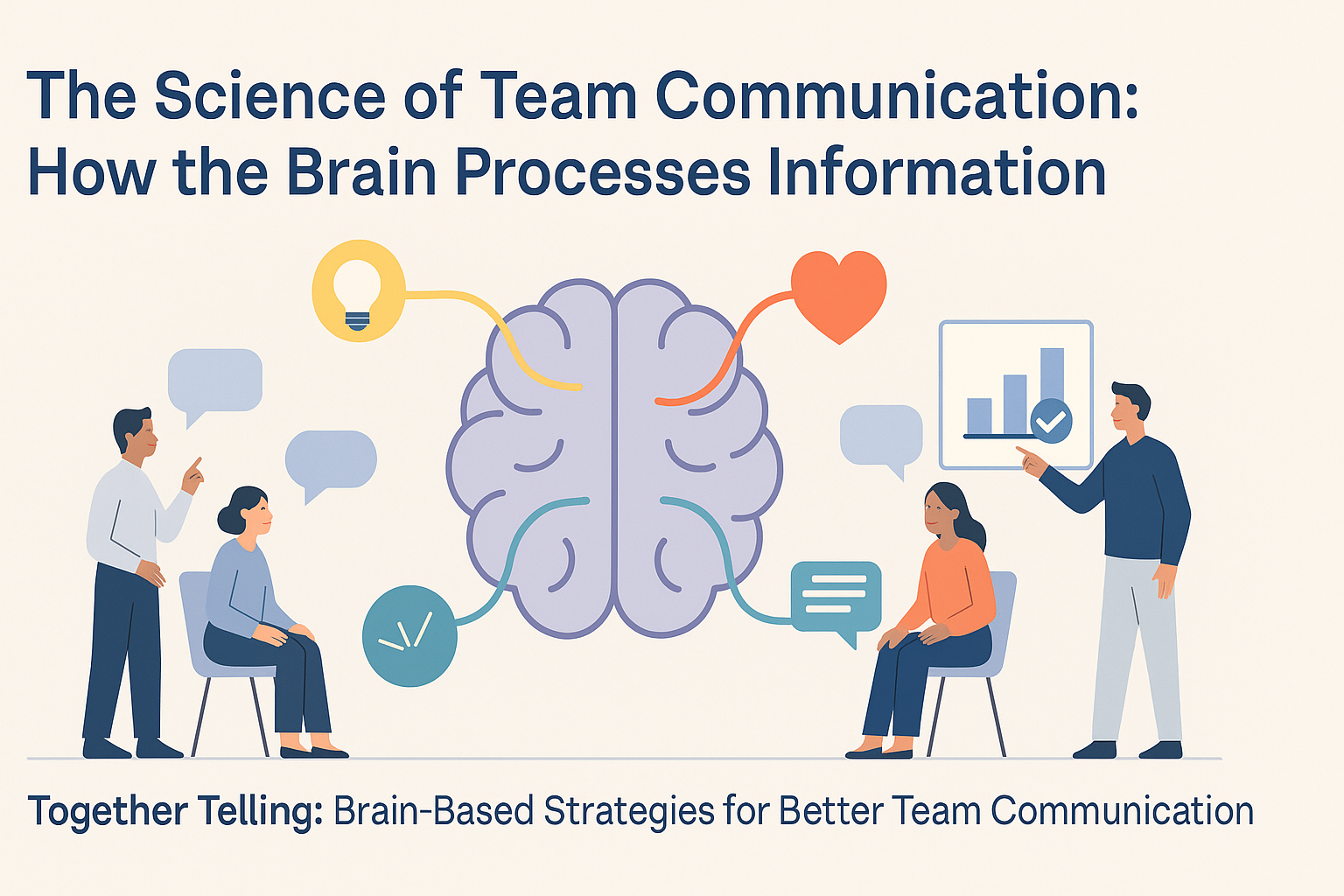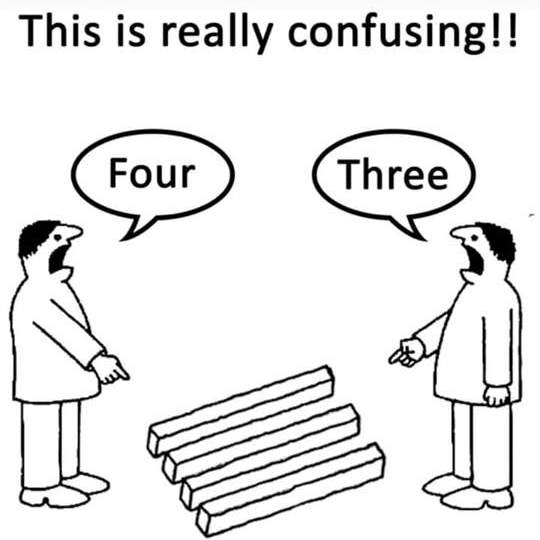
Ever wonder why, halfway through a long presentation, your brain just… checks out? You were fully invested during the intro, but by slide 27, you’re thinking about lunch or questioning every life choice that led you to this meeting.
The truth is, our brains aren’t wired for information dumps. Communication isn’t just about saying things—it’s about understanding how the human brain processes those things. If your team knew what made the brain tick, you could transform your communication from forgettable to unforgettable.
Let’s explore the science behind how our brains process information and what that means for team communication.
How the Brain Processes Information (and Why Half Your Team Looks Lost During Presentations)
1. The Role of Cognitive Load in Message Retention
Our brains have a limited processing capacity, kind of like trying to funnel a gallon of information into a shot glass.
The Problem:
Information overload leads to missed key points.
Dense jargon and endless data confuse more than they clarify.
By the end, people only remember the joke someone cracked in the chat box.
The Fix:
Chunk information into digestible parts.
Prioritize what truly matters, because no, not everything is a “key takeaway.”
Use summaries and repeat important points.
Corporate Humor Moment: Think of your brain like a mobile data plan—sure, it can technically handle unlimited streaming, but after a while, it slows down or just drops the call entirely.
2. How Emotions Influence Understanding
Fun fact: Our brains prioritize emotionally charged information. That’s why you remember the embarrassing thing you said in third grade, but not what you had for lunch yesterday.
The Problem:
Dry, emotionless communication gets filtered out as “unimportant.”
Important points get lost if they don’t feel relevant or urgent.
The Fix:
Frame messages around stories, analogies, or personal impact.
Use emotionally engaging language (no, “per my last email” doesn’t count).
Show people why they should care, not just what they need to do.
Corporate Humor Moment: Want people to remember your message? Make them feel something—ideally not soul-crushing boredom.

3. The Power of Visual Aids in Communication
The brain processes visuals 60,000 times faster than text. Read that again (or better yet, imagine it as a meme).
The Problem:
Endless walls of text or long-winded speeches overwhelm working memory.
Complex ideas without visuals become abstract and hard to grasp.
The Fix:
Incorporate charts, diagrams, images, or videos to break monotony.
Use visuals to explain concepts instead of (not just in addition to) dense paragraphs.
Think about your favorite infographic—clear, concise, and easy to remember.
Corporate Humor Moment: If your presentation looks like the text from the Matrix, don’t be surprised if half the room is mentally blue-pilling out.
How Together Telling Applies Neuroscience to Team Communication
At Together Telling, we believe effective communication starts with understanding how the brain works—and no, we’re not just reading pop-psychology tweets about it.

1. Using Cognitive Science Principles to Enhance Workplace Messaging
We help teams:
Simplify complex messages using cognitive load strategies.
Create communication plans that match how humans process information (hint: less is more).
Teach leaders how to balance facts with emotional resonance.
Result: Messages that are remembered and acted upon, not just skimmed and forgotten.
2. Helping Teams Optimize Communication Strategies Based on Brain Processing Patterns
We take neuroscience out of the lab and into your meetings by:
Designing workflows that reduce information overload.
Training teams on visual storytelling.
Encouraging habits like recap meetings and key takeaway highlights to reinforce learning.
Result: Teams that understand each other faster, act smarter, and waste less time asking, “Wait, what was that again?”
Final Thoughts: Communication Is a Brain Game, Play It Right
Here’s the truth: Most communication fails not because people aren’t smart, but because we’re fighting against the way human brains naturally process information.
Cognitive overload? Avoid it.
Emotional engagement? Prioritize it.
Visual reinforcement? Use it.
At Together Telling, we help teams talk in a way that brains listen, because isn’t that the whole point?
Backlink Source:
Psychology Today: Cognitive Processing in Communication

